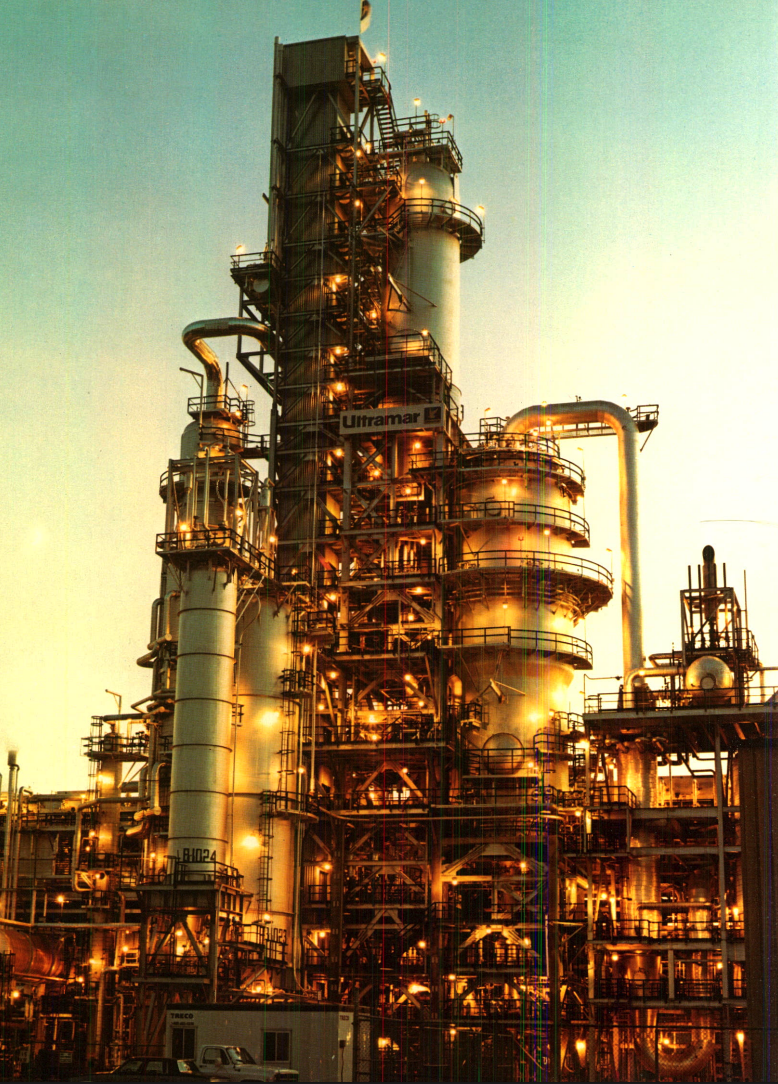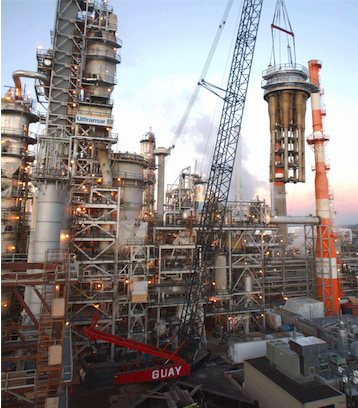Jean Gaulin Refinery - Hidden Gem of the North
- Site
- Jean Gaulin Refinery
Valero's Jean Gaulin Refinery (Quebec City refinery ; Raffinerie de Saint-Romuald, Raffinerie de Lévis) is located in Lévis, Canada on 370 acres on the south shore of the St. Lawrence River, immediately across from Quebec City, Canada. The refinery receives crude oil by ship at its deepwater dock and by pipeline and ship from western Canada. It transports its products through Valero's pipeline from Quebec City to the company's terminal in Montreal and to various other terminals through eastern Canada by rail, ships, trucks and third-party pipelines.
1970: Construction of the 100,000 bpd refinery begins.
1971: The refinery commences operations.
1983: A fluid catalytic cracking (FCC) unit is installed to enable bottom-of-the-barrel conversion.
1989: Isomerization and desulfurization units are commissioned to improve fuel quality and meet emerging environmental standards.
1997: The FCC unit is upgraded for higher throughput, and an oxygen plant is constructed. During this period, the refinery processes acidic crude oils sourced from the North Sea.
2001: The refinery’s nominal processing capacity reaches 170,000 barrels per day.
2002: A major expansion increases capacity to 215,000 barrels per day.
2004: A continuous catalytic reforming (CCR) unit is built, replacing the semi-regenerative reformer.
2008: The last major expansion raises nominal capacity to 265,000 barrels per day, though typical daily throughput averages 235,000 barrels per day.
2010: A fire occurs on an FCC pump, causing minor damage and limited operational disruption.
2021: A scheduled major turnaround is completed.
2025: Another major turnaround is undertaken.
Overview
The refinery is considered a strategic asset within Valero’s North American network, as it consistently ranks among the most profitable refineries in Canada and is reported to place within the top percentile of the Solomon benchmarking index for North American refineries. Refined products deserves the province of Quebec and Ontario.
Since the early 2000s, approximately 2.0 billion USD have been invested in modernization and expansion projects.
The refinery was originally designed to process Libyan Brega (light) and Tía Juana (medium) crudes. Bottom-of-the-barrel conversion is performed exclusively by the FCC unit, as the site is not equipped with hydrocracking or delayed coking facilities.
(Left) Newly constructed FCC unit, early 1980s
(Right) FCC regenerator transported by barge to the Jean-Gaulin site, early 1980s



|
Thank you Jacob. This looks really great! |







